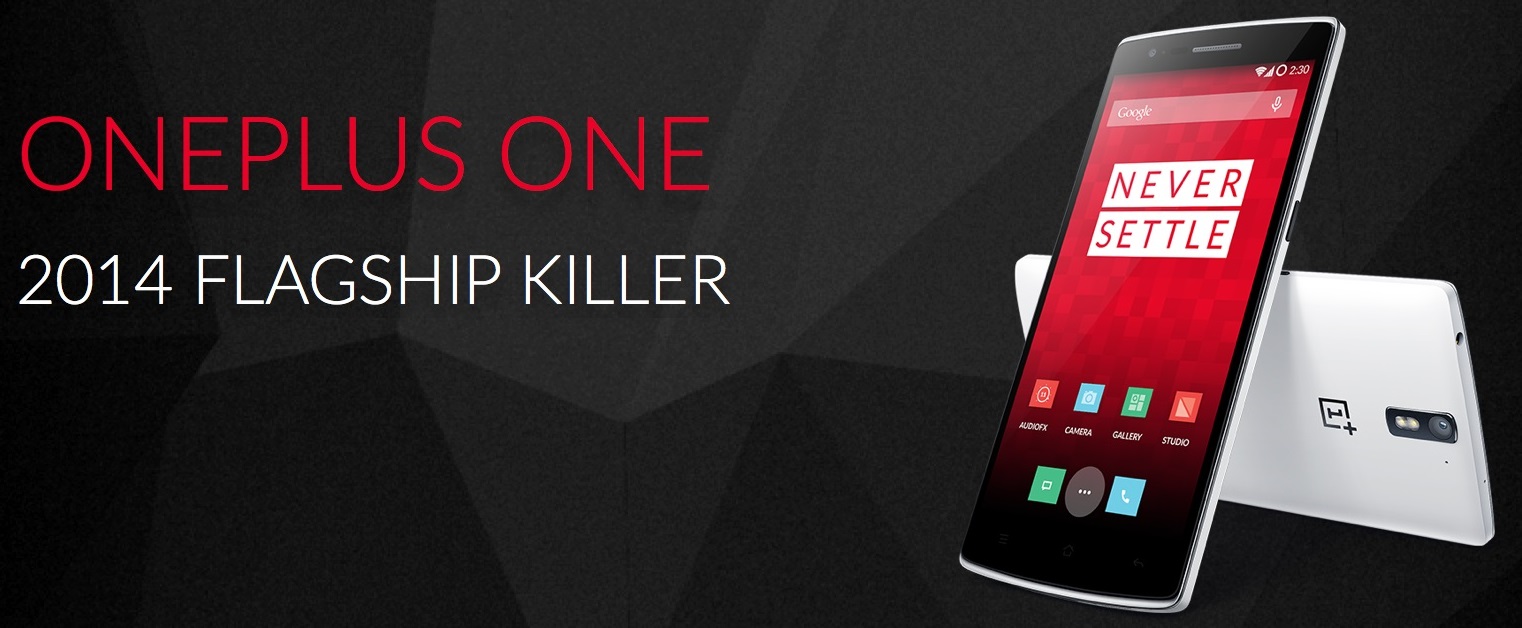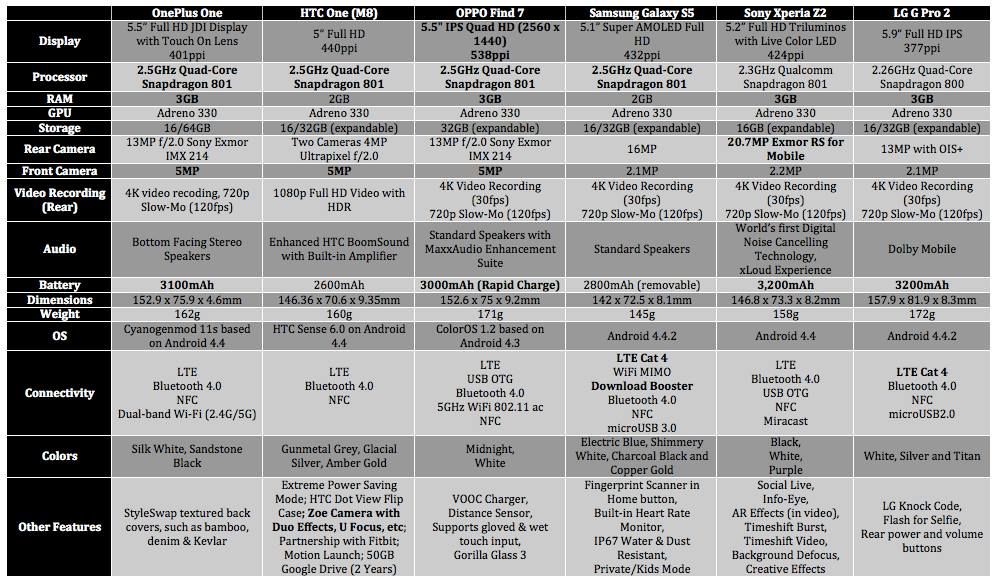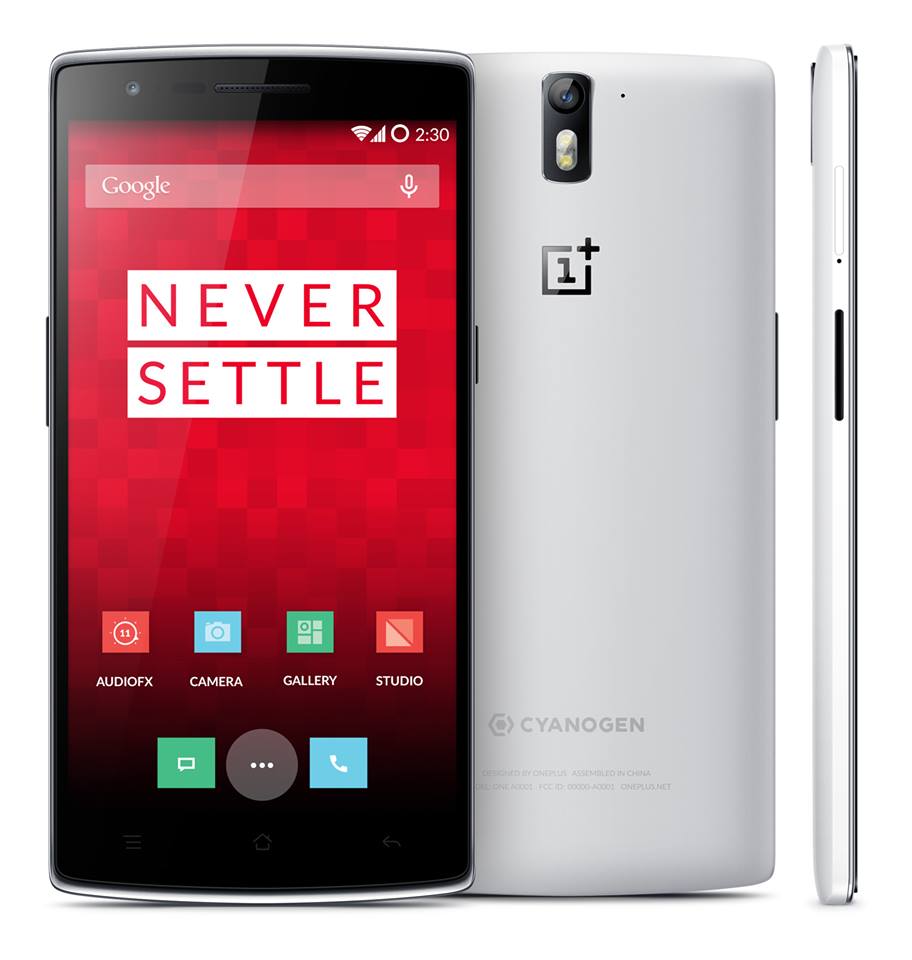Earlier, little-known Chinese startup OnePlus just announced its first smartphone – and it almost broke the Internet. Within minutes after the One’s launch ended its website’s servers broke under the intense worldwide attention it got. And it’s not a surprise, either: they knew it was going to happen. What else would you expect when you price a flagship smartphone at almost a third of the retail price of smartphones with similar specs?
Now that the dust has almost settled, there’s one important question to ask: is the OnePlus One really the 2014 flagship killer the company claims it is? Let’s find out.
Android smartphones are mostly judged by the hardware that they carry under the hood. Hence, the first – and easiest – way to determine if a smartphone is deemed good is by comparing its specs against other smartphones in its class. As a flagship smartphone, here’s how the OnePlus One stacks up against its contemporaries: the HTC One (M8), Samsung Galaxy S5, Sony Xperia Z2, LG G Pro 2, and its near kin, the Oppo Find 7.
As can clearly be seen, the OnePlus One easily holds its own against its peers. The choice to upgrade from a Qualcomm Snapdragon 800 to a faster Snapdragon 801 proved critical, as it allows the One to have better longevity. With 3GB of RAM on board, this beast knocks both the HTC One (M8) and the Galaxy S5.
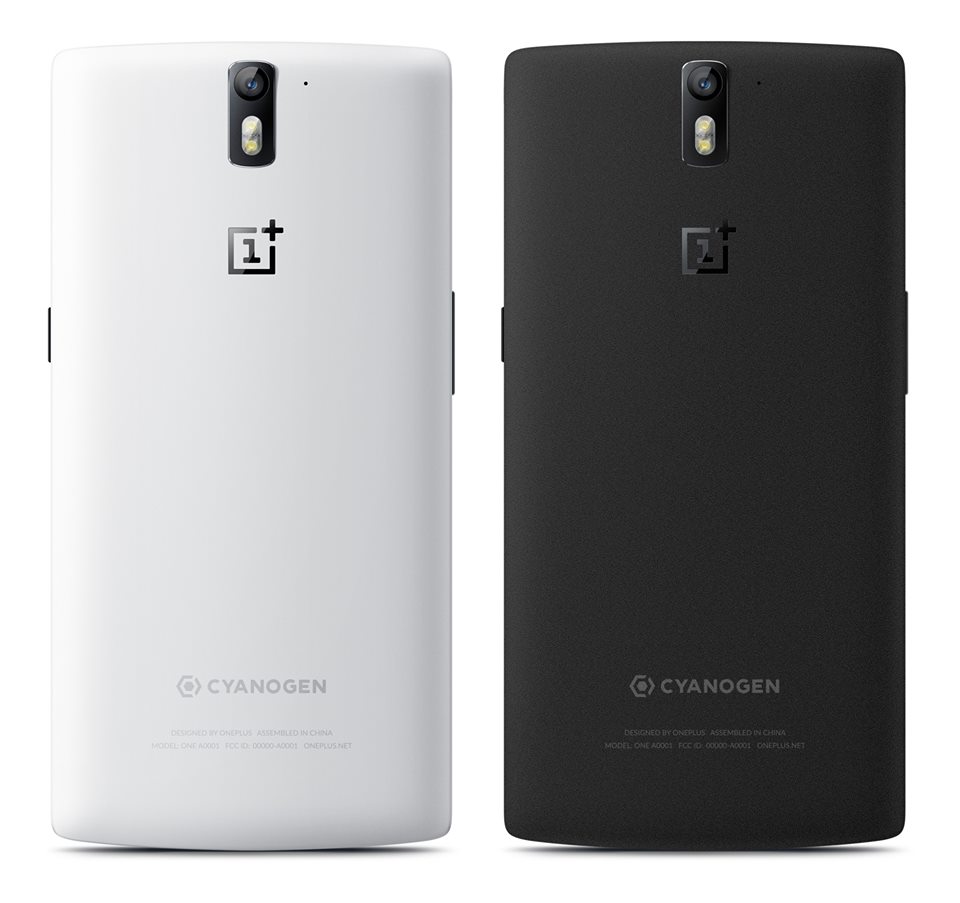 The two colour options, Silk White & Sandstone Black, also feature different textures as well
The two colour options, Silk White & Sandstone Black, also feature different textures as well
With the exception of the Oppo Find 7, all the flagship smartphones sport a Full HD IPS display, with different technologies embedded within. What’s important to note about the One’s display is the fact that it is made by JDI or Japan Display Inc., a corporation that is a joint venture between Sony, Toshiba and Hitachi – and their displays are known to be some of the best around.

A critical point in smartphone selection these days is with the camera. OnePlus has again opted to source this component elsewhere, employing a Sony Exmor IMX 214 13MP sensor. Featuring a 6-element lens with a wide f/2.0 aperture, this sensor will record 4K videos as well as 720p slow-mo comfortably. One interesting point mentioned in Engadget’s hands on is the fact that OnePlus has tweaked the camera setup that allows it to focus in only 0.3 seconds. Yup, we’ve seen that golden number before: the Samsung Galaxy S5’s PDAF module is able to lock focus that fast as well.
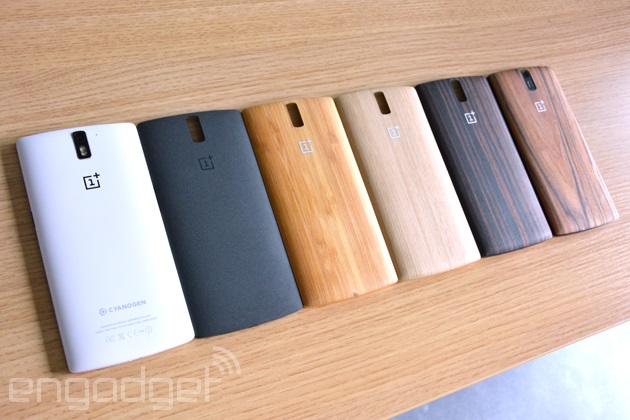 Some of the wood and bamboo covers soon to be available. Not pictured are the denim and Kevlar covers for the OnePlus One. (Image: Engadget)
Some of the wood and bamboo covers soon to be available. Not pictured are the denim and Kevlar covers for the OnePlus One. (Image: Engadget)
But in the end, the one standout feature that will convince most is in the One’s price: with a starting price of only $299, we honestly cannot even begin to comprehend just what this would mean to the industry. For so long we’ve seen flagship smartphone prices spiralling out of control, and slowly began to accept that we needed to pay a premium for a premium smartphone. With the One, OnePlus is changing all that, with ramifications that nobody will be able to foresee.
By pricing its flagship smartphone at such rock bottom prices, they have made a statement – and consumers will naturally vote with their money. The big players have been warned. There are other factors that will eventually determine the One’s potential success (software, global availability, customer service, to name a few), but in terms of raw power, the One is as good as any of its rivals.
Flagship killer indeed.
Read More: 11 Things You Should Know About OnePlus and its sub-$400 flagship smartphone, the One
Follow us on Instagram, Facebook, Twitter or Telegram for more updates and breaking news.


